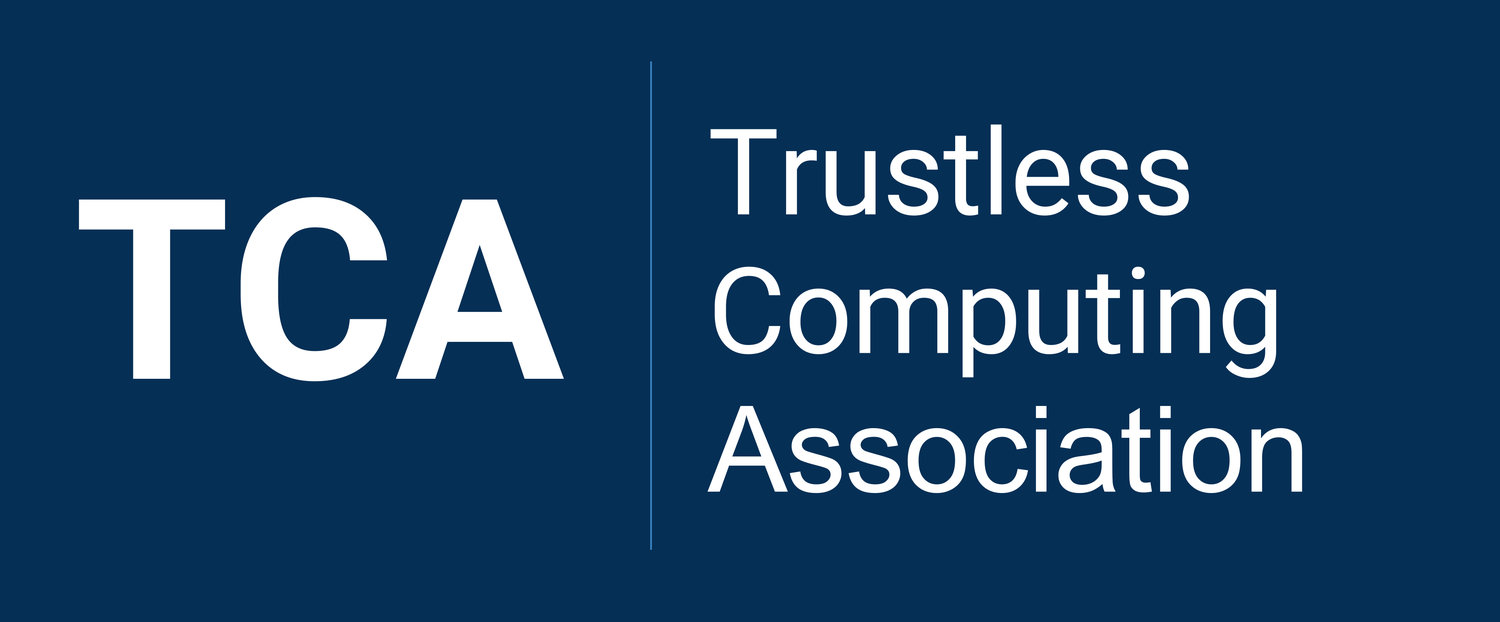Trustless Computing Certification Body and Seevik Net Initiative
The Trustless Computing Certification Body and Seevik Net Initiative (“Initiative”) is a proposal for new intergovernmental agency for secure communications and control systems for part frontier AIs and other critical societal systems. While standalone, TCCB is one of the three agencies proposed by our Harnessing AI Risk Initiative to manage AI and digital communications for the global public good, the International IT Security Agency.
The Initiative is aggregating a critical mass of globally-diverse states, intergovernmental organizations and neutral INGOs to build new open, neutral and participatory intergovernmental organizations to develop and certify radically more trustworthy, widely trusted and accountable end-to-end IT systems, for use in (1) confidential and diplomatic communications (Seevik Net) and (2) control subsystems for critical AIs, social media and other critical systems (Seevik Controls) - while enabling legitimate lawful access, national and international.
How: Key to achieving such trustworthiness is the application of the Trustless Computing Paradigms to ensure: (1) much higher transparency of technical designs and processes; (2) much more expert and varied security reviews in relation to complexity, (3) trustworthy procedural in-person legitimate lawful access mechanisms, and most importantly (4) higher global participation and neutrality in the standardization and certification governance processes.
Progress & Traction: As detailed 25-pages Traction Update, in addition to nine states and three IGOs interested to join the Initiative, high officials of six states from Africa, Asia and South America, including three Permanent Representatives of their Missions to the UN in Geneva, have signed up to participate as prospective partners in the 9th and 10th editions of the Free and Safe in Cyberspace event series we held in Geneva in Q2 2023.
So far, we've built the high-level technical, socio-technical and governance details of the certification body, and launched it in 2021 at the presence of prestigious personalities. We built a proof-of-concept device of a TCCB-compliant mobile client-side endpoint devices (video). We have designed a large part of the supply chain and ecosystem, while the rest will be completed with strategic firms from participating states.
Solution: The Initiative entails the creation, via participatory and neutral processes, of a new intergovernmental IT security certification and governance body, TCCB, and a set of initial infrastructure and ecosystems complaint with it based on battle-tested and open systems:
a new cloud infrastructure and supply chain ecosystem, multinational, neutral and redundant
a new modular endpoint platform, for use as client, server and control system for use in two domains:
Seevik Net, a 2mm-thin ultra-secure mobile device, carried in custom leather wallets or embedded in the back of Android, iOS or Harmony smartphones (proof-of-concept device video). Via such form factor, it will initially be running alongside current hegemonic mobile devices, apps and cloud services, instead of trying to replace them.
Seevik Controls, a base control system endpoint platform, suitable for critical functions related to compliance systems, access controls, security monitoring, firmware upgrade and AI value systems.
Roadmap: We’ll be holding several preparatory meetings leading up to the 1st Harnesing AI Risk Summit and 12th Edition of the Free and Safe in Cyberspace, in Geneva this November 2024. By Q3 2024, we aim to select a limited number globally-diverse states, IGOs and NGOs to become the initial cofounder partners (CHF 2,000,000) of such open intergovernmental joint-venture to build and govern the 1st global democratic digital communications infrastructure. A few more will be selected to join as mere governance partners (CHF 20,000/year).
Neutrality: Given how central neutrality is to our Initiative, the current cyber superpowers of the USA, China and Israel are very highly welcome to join the Initiative as cofounder or governance partners and join FSC12 but their application will be held in suspension until all three of them will have applied (as you can read in chapter 13 of our Executive Summary, or here on our site).
The Problem with Control Systems of Advanced AIs and Social Media: Minimized and ultra-secure technical and socio-technical IT systems and standards, referred to as high-assurance, are utilized today to maximize the security, privacy, safety and accountability of control subsystems of critical infrastructure that are society-critical and inherently complex, such as advanced AIs and social media systems, such as firmware upgrade, access controls, security monitoring, compliance systems and values/constitution systems. While there has been an enormous increase in the foreseen global cost of failures of those systems due to accident, hacking or misuse, standards have not kept up. Even top national security agencies have shown to be unable to safeguard their most critical data, as shown by the Shadow Brokers, OPM and Vault 7 hacks.
The Problem with Sensitive Digital Communications: Heads of states, ministers, diplomats, elected officials, journalists and top scientists do not have access to interoperable computing devices and services that enable them to meaningfully protect the confidentiality of their sensitive and off-the-record communications against abuse by innumerable state and non-state hacking entities. They are therefore forced to rely only or mostly on in-person meetings to further global cooperation and diplomatic initiatives. Seevik Net Initiative aims to foster the wide availability of mobile IT systems with radically unprecedented levels of privacy, security and accountability of the mobile sensitive (non-classified or low-classified) human-to-human and human-to-AI communications of millions of sensitive law-abiding citizens and officials that are most targeted for profit and political reasons, from prime ministers to diplomats, from elected officials to businessmen, from journalists to activists.
Why and How Lawful Access?: Since the commercial availability of those levels of security have consistently and structurally proven to be incompatible with global public safety, the same extreme safeguards that ensure radically higher trustworthiness will be applied to applied to ensure sufficiently secure mechanisms for their in-person procedural legitimate lawful access, national and international, within the confines of current national and international laws.
